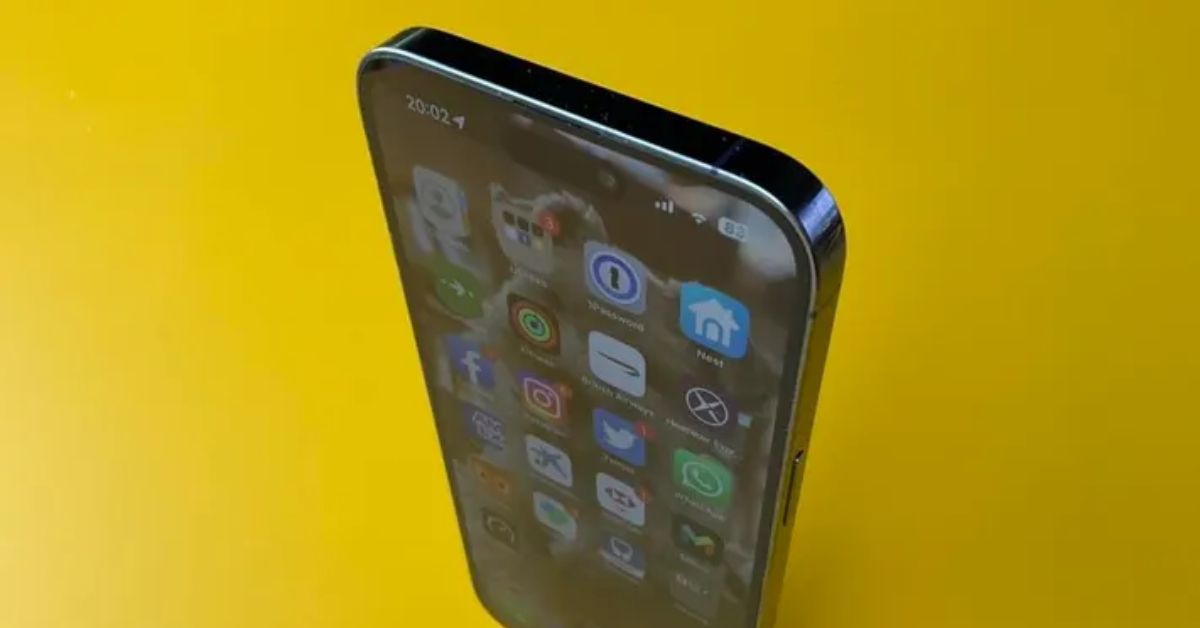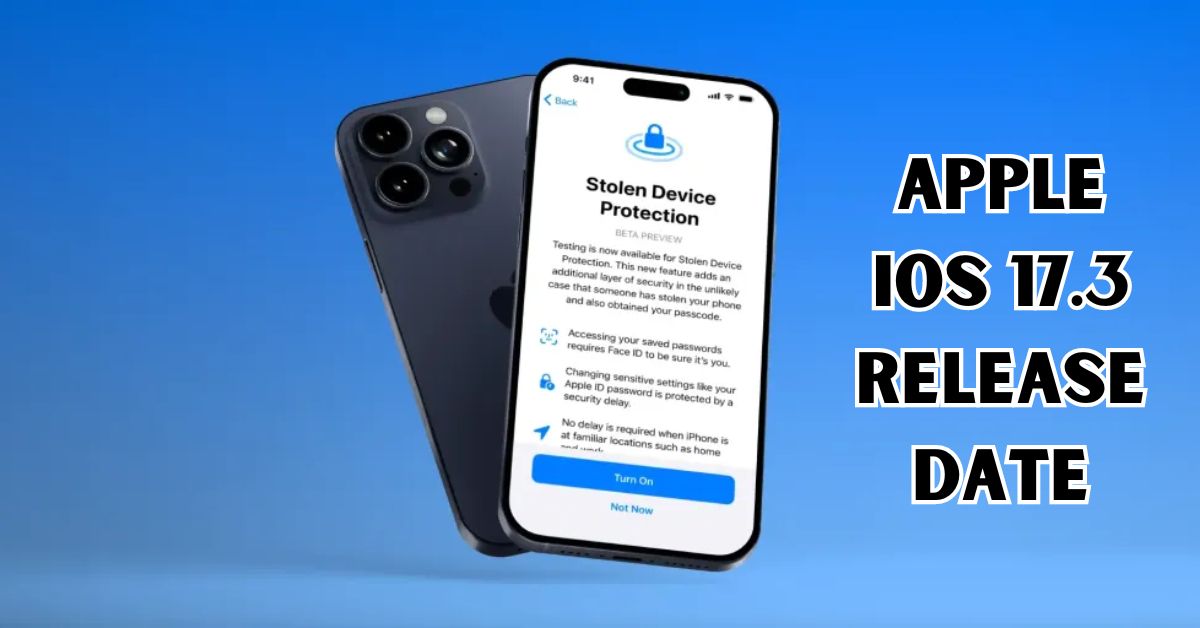An additional safeguard to prevent your phone from being used by a criminal in possession of your passcode is set to be included in the upcoming software update for the iPhone, which is something that all owners will surely appreciate. It is much anticipated.
In the absence of any additional unexpected bug repair releases, iOS 17.3 will be the version that gets released. It is currently anticipated to land after the holidays, around Tuesday, January 16, in the middle of January, though this is subject to change.
If the beta testing is slowed down by the holidays, this could be pushed to next week or things could move forward. Right now, it’s in the public beta stage. Stolen Device Protection is one of the new features.
It’s bad enough that someone could steal your iPhone, but imagine what they could do if they managed to get their hands on your passcode—for example, by reciting it aloud at a bar. They might change your passcode so no one else can use it, use Face ID to impersonate you, and then steal all your money.
Earlier this year, I wrote about ways to make your iPhone less vulnerable; but, this latest upgrade will greatly improve matters. Joanna Stern and Nicole Nguyen of The Wall Street Journal have covered the subject extensively; one of their interviews was an iPhone thief who admitted to swiftly disabling Find My iPhone so its owner couldn’t wipe or locate it.

New security measures have been included in iOS 17.3, which was a pleasant surprise when it was discovered in the public and developer betas. These measures will assist in preventing theft, even if the thief has your passcode.
When you enable Stolen Device Protection, you’ll need to use Face ID or Touch ID to access protected content, see passkeys, and more. No longer can you or your burglar rely on the old method of entering a passcode to make these modifications.
Regarding the most crucial step in preventing these thefts—changing the password for the Apple ID account—the new method ingeniously adds an extra layer of security. Biometric authentication (Face ID or Touch ID) is required in cases where the phone is in an unknown place.
After that, you’ll need to wait one hour, and then you’ll have to do it all over again. Turning off Find My iPhone or adding a new Face ID both require the same amount of time. Wherever you are, whether at home or at the office, the one-hour delay will not be applicable.
If a criminal were to obtain your passcode, they might use it to make purchases using Apple Pay or look for passwords to other applications that do not have their own security measures. But in terms of safety, it’s a huge improvement. You won’t be disadvantaged in any way if you don’t use this feature; it’s optional.
In the meanwhile, you should never give away your passcode and instead make it more difficult for someone to see it over your shoulder by using a combination of letters and digits. Also, check that none of your apps contain any password hinting features.
Always use a unique password for each Note—the Notes app allows you to lock specific things. Even though thieves will still target your iPhone, this update should make it more difficult for them to take your digital possessions.
You may be interested in our other articles about technology if you enjoyed this one:



